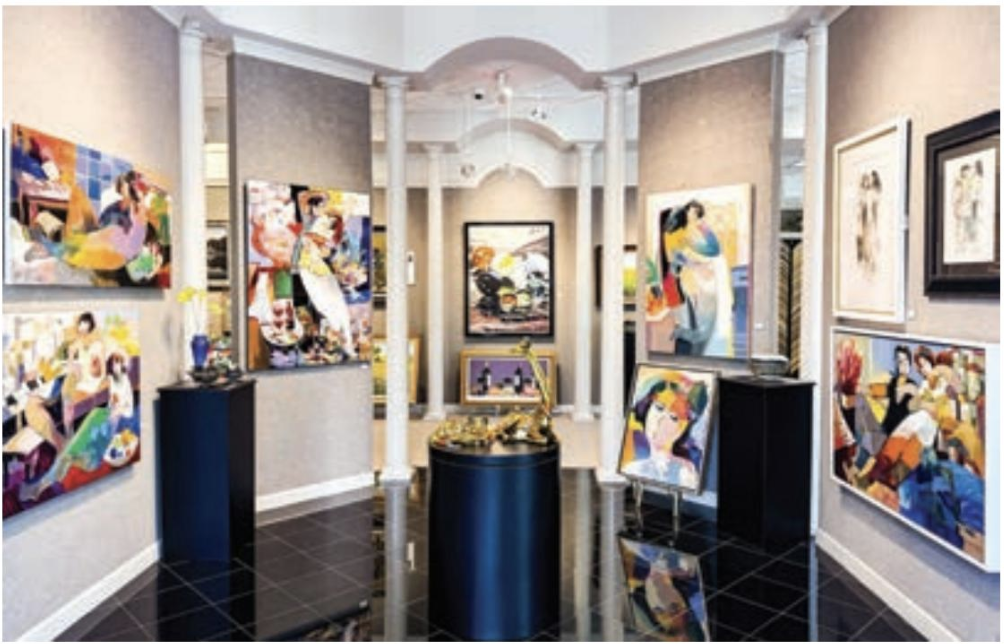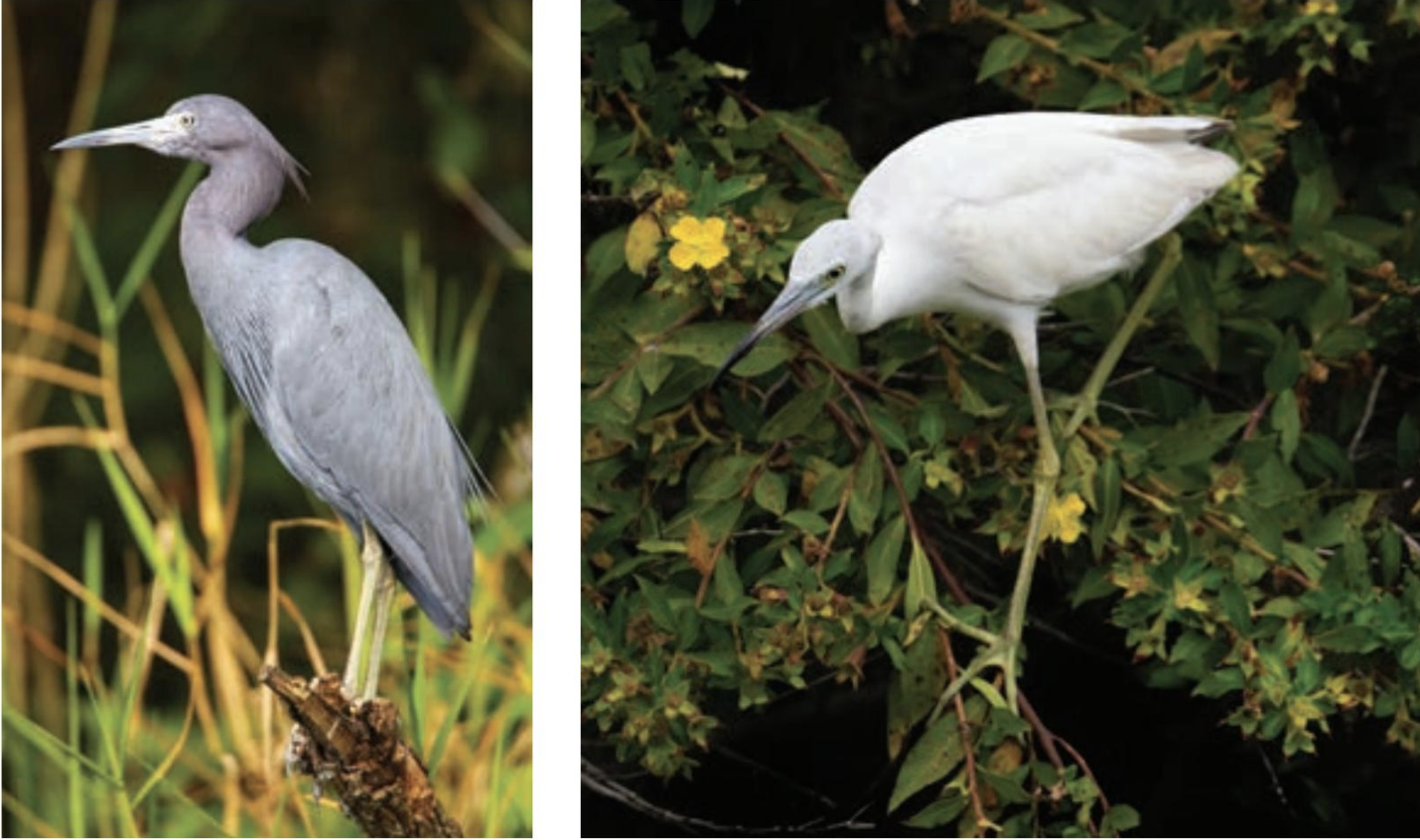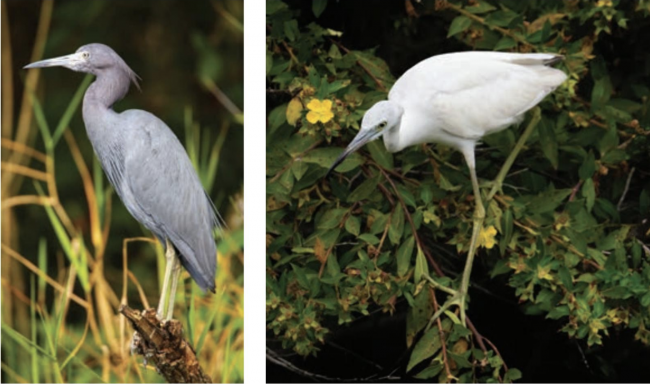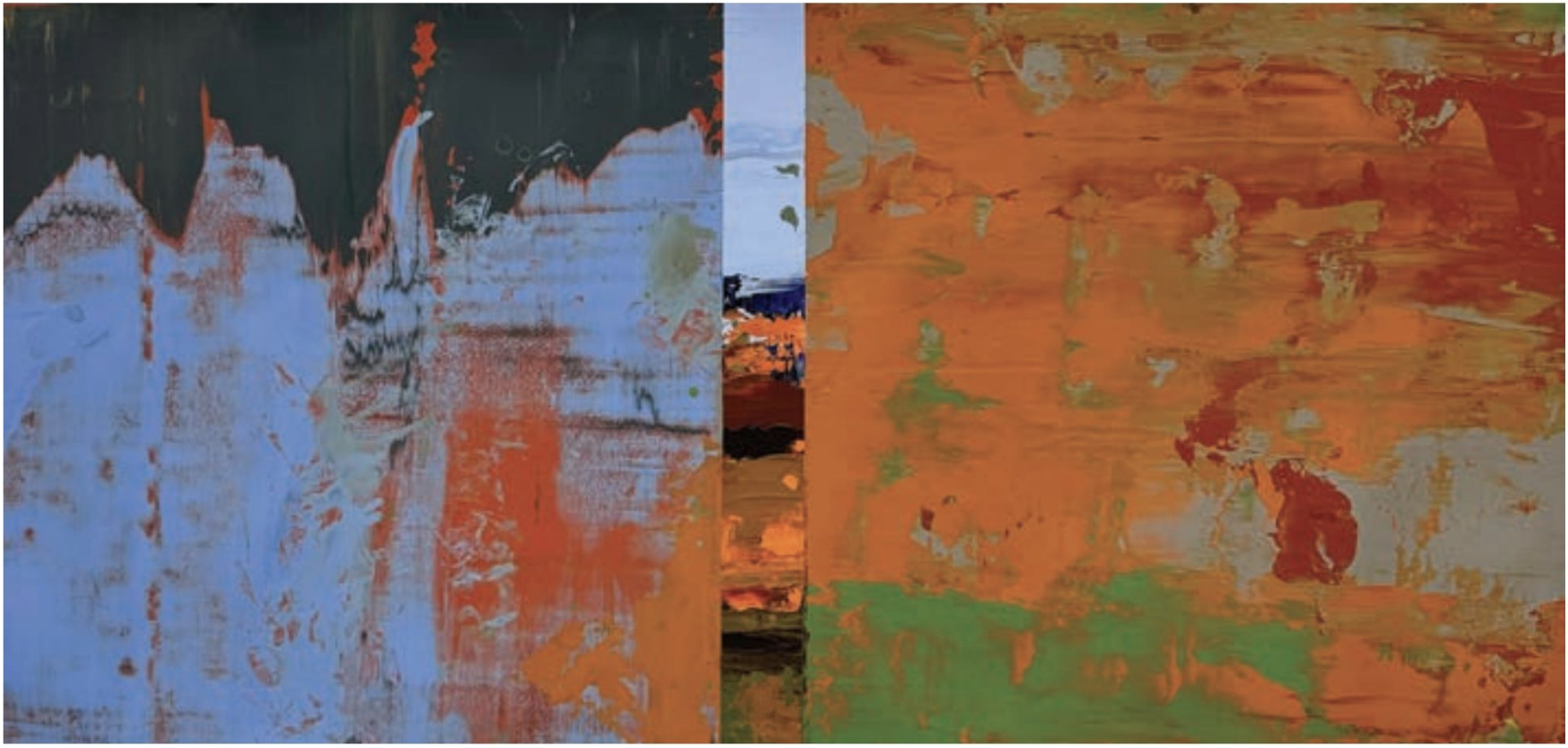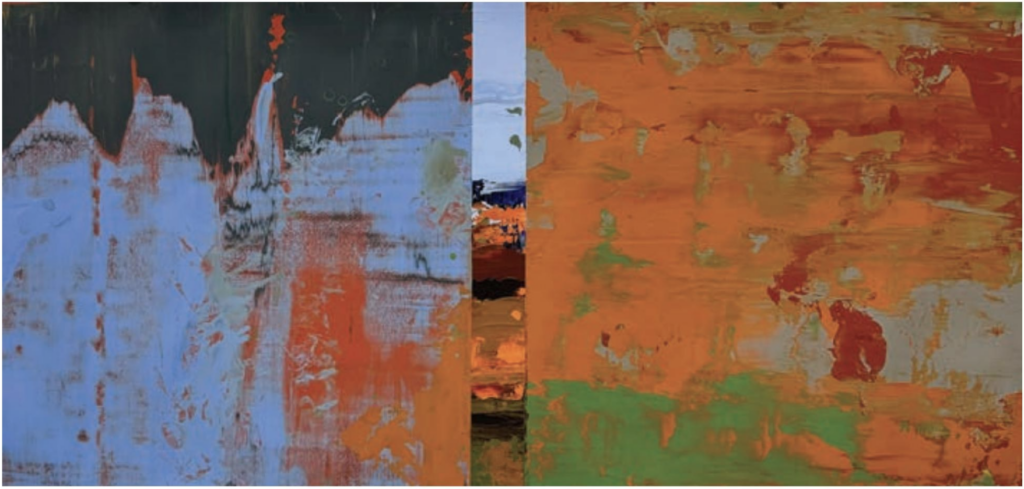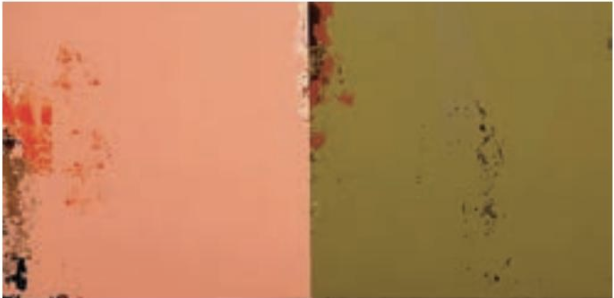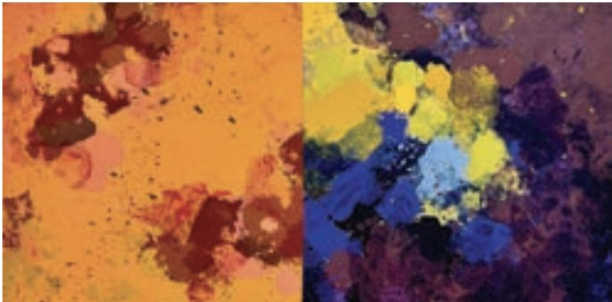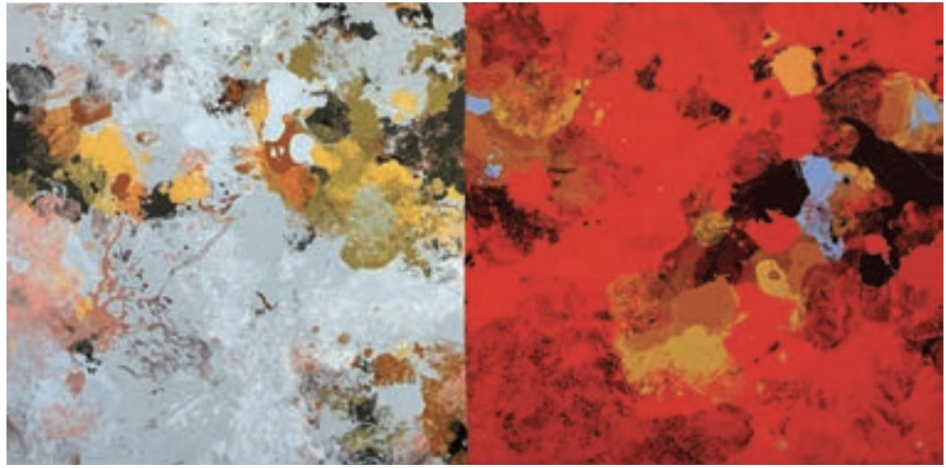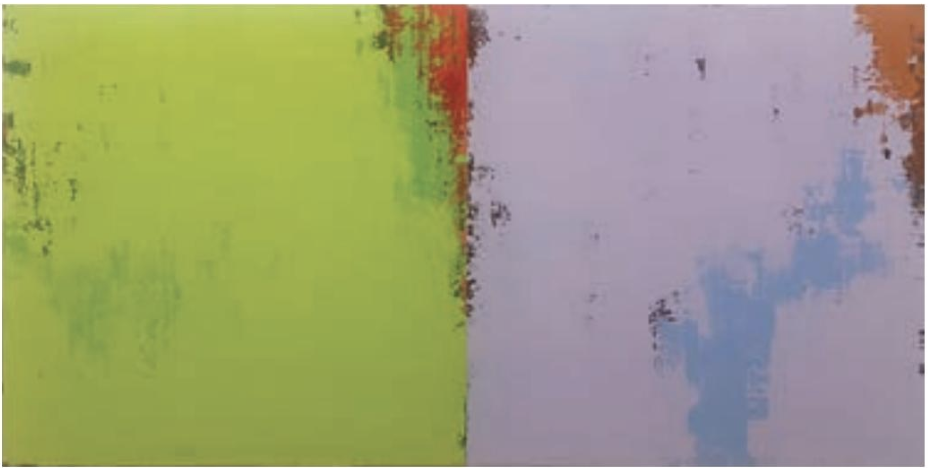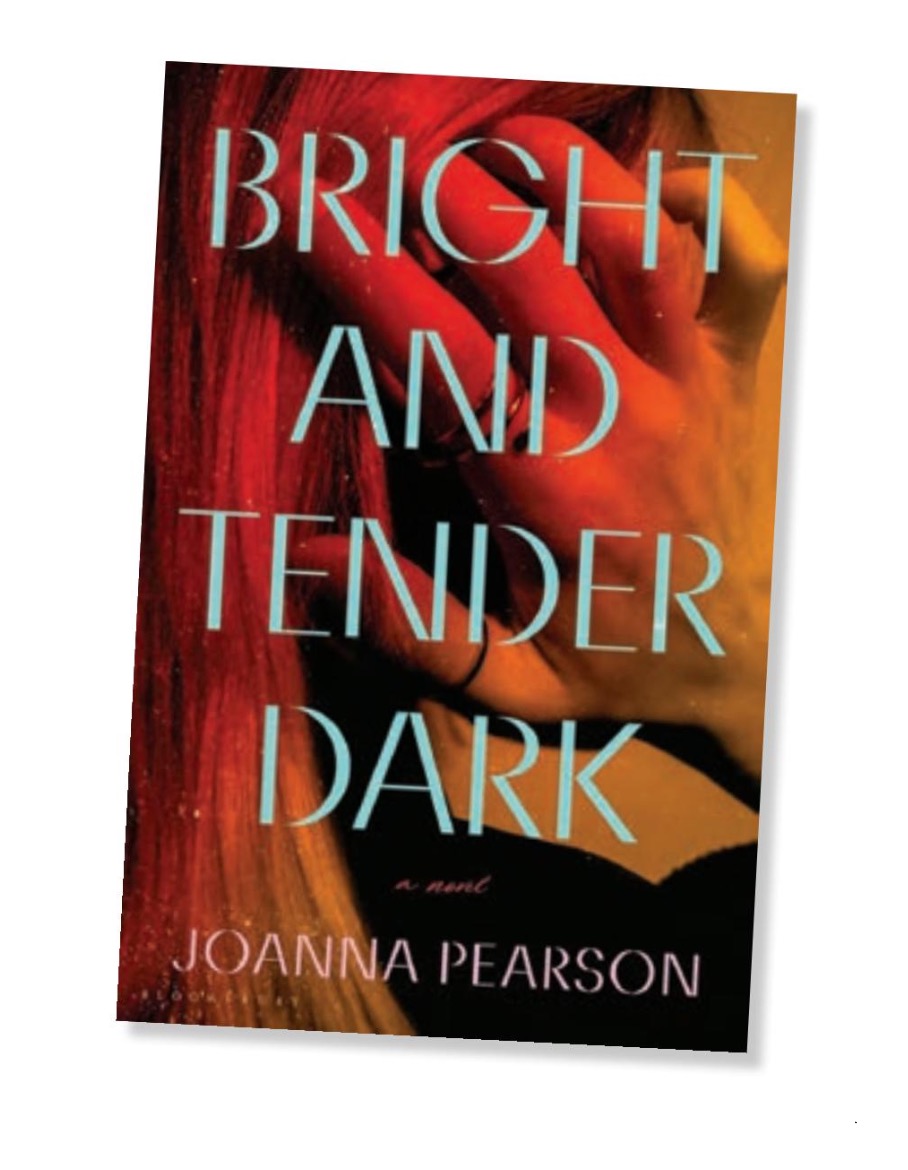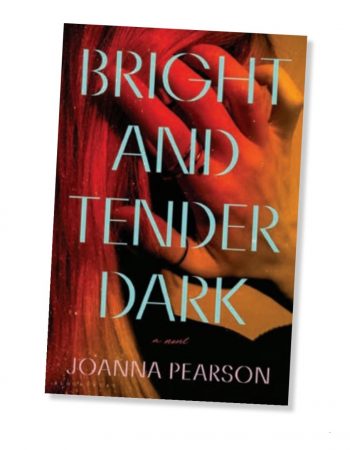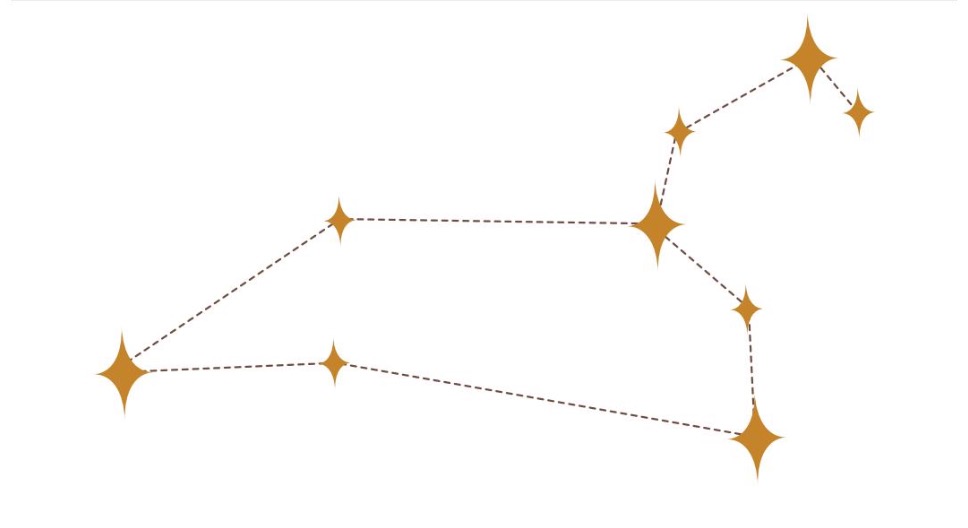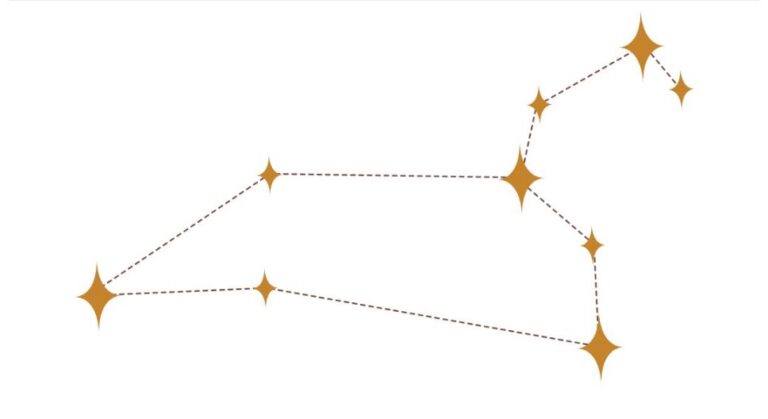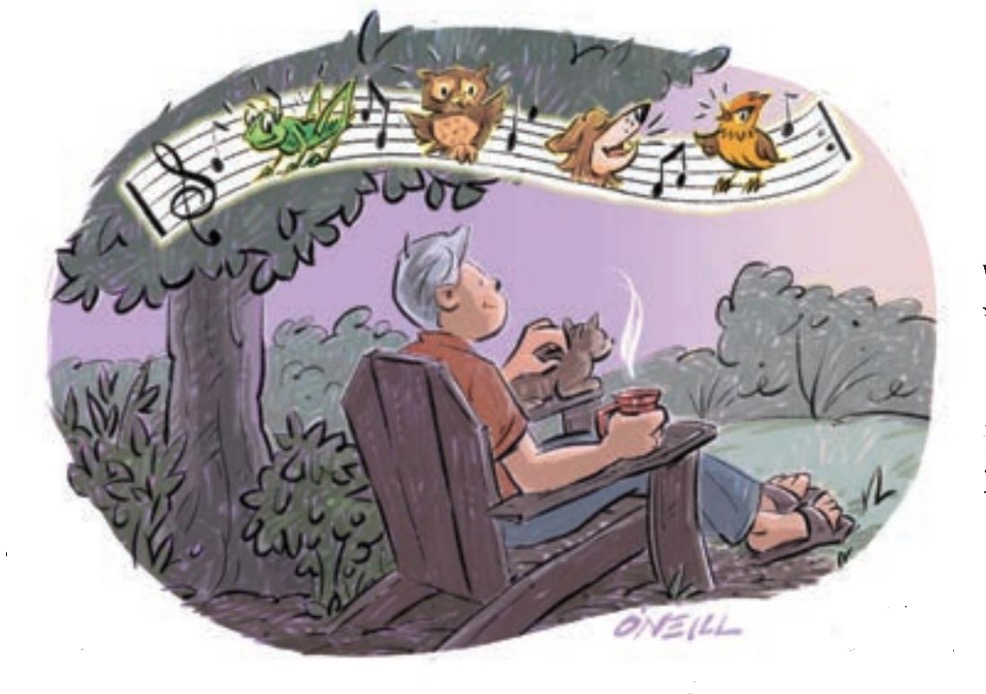Wandering Billy
WANDERING BILLY
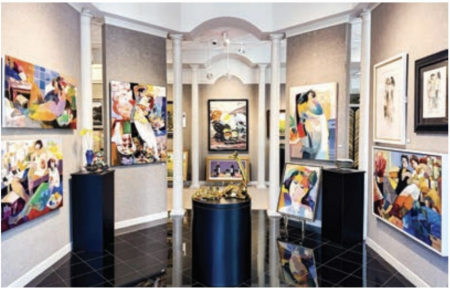
Down to a Fine Art
For 125 years, The Art Shop has decorated Gate City walls – and beyond
By Billy Ingram
“If I could say it in words there would be no reason to paint.”
— Edward Hopper
Residents in “The City of Flowers” (as Greensboro was known at the time) must have thought the big city had come to town when, in 1899, Andy Andrews opened Andrews Art Store on the 100 block of West Market, an emporium stocked with custom-made framing materials to accommodate the aesthetic needs of our more refined citizens.
Just up the block was the borough’s newly implemented, earliest attempt at a public transit system, consisting of a horse-drawn streetcar traveling north up Elm Street all the way to Judge Dick’s Dunleath house. With its limited horsepower, an old mule, passengers were required to disembark and push from behind at any incline that was encountered.
Rechristened The Art Shop, ready-made frames, prints and etchings were added to the store’s inventory before famed local commercial photographer Charles Farrell purchased the whole kit-and-caboodle in 1923. Farrell expanded the business to include the latest Kodak folding cameras and a state-of-the-art developing plant for photo finishing and enlarging. As this area’s first photographic center, the shop began hosting a camera club in 1933, attracting enthusiastic practitioners all across North Carolina.
“With increased interest in architecture, interior decoration, and amateur photography, The Art Shop has shared widely in those cultural developments in Greensboro and the state,” wrote Ethel Stephens Arnett in her exhaustive historical tome, Greensboro, North Carolina (University of North Carolina Press, 1955).
Farrell focused his lens on this corner of the world for The Greensboro Daily News, snapping pics depicting everything from the mundane to the extraordinary, like his exclusive aerial image of the crime scene on the day R. J. Reynolds’ scion was murdered.
Farrell, as a young man in 1913, assisted his father in creating one of the most iconic images in modern commerce, the original image of a circus camel named “Old Joe” that became the trademarked mascot seen on every pack of Camel cigarettes. In 1939, Farrell staged photographs illustrating everyday Black life in the South for Tobe, the very first children’s book produced for an African American audience.
At that time, The Art Shop’s familiar green canopied entrance was on West Market, right where the front steps to Lincoln Financial Group are today. In 1964, after Farrell fell ill, the family sold The Art Shop to Stanley Dolin, who, a decade later moved the shop to a nondescript, stand-alone storefront at 3912 West Market — where I purchased art supplies as a teenager in the 1970s.
Art supplies had long ago been swept aside when current co-owner Andy McAfee began collaborating with proprietor Stanley Dolin in 1997. “My degree was in art marketing and I had worked for five years with Bill Mangum,” McAfee recalls. “Stanley was more into framing so he brought me on to get more involved in the fine art market.” Launching a website soon after, The Art Shop began selling paintings and sculptures internationally. “That really opened a lot of doors. My first big sale was three Oleg [Zhivetin] originals to [a buyer in] Japan.” Dolin constructed a sprawling, cathedral-like gallery on the site in 2000. Then, in 2015, Andy and April McAfee bought the business.
“My number one selling artist is Nano Lopez,” says Andy McAfee says, standing next to one of the sculptor’s larger works, a 400-pound, distinctly abstract bronze interpretation of a goat. “Lopez is from Columbia, South America. He currently resides in Walla Walla, Washington. That’s like a $68,000 goat.” Known for his almost mythological approach to his subjects and a singularly vibrant color palette, Lopez created a smaller but equally kaleidoscopic bronze of a parrot, being crated and shipped out as we spoke. “[Nano Lopez] was one of the first artists I picked up. He’s just turned 70.”
The showroom is brimming with original oils and sketches by Rod Chase, Pino, Hessam and Roberto Salas, mixed media originals by Bisaillon Brothers, as well as limited edition giclée and serigraph reproductions on canvas from Iranian artist Sabzi and artist Thomas Arvid, known for his portrayals of wine. McAfee also offers a collection of fanciful drawings from the fertile mind of Dr. Seuss.
“I’ve been here long enough that now I work with mostly the family of the artists,” McAfee says. “Like with Hessam, I work with his son. Pino, who made Fabio famous, passed away about 14 years ago, but his artwork still sells well.” McAfee notes that the shop has an email list of 5,000 who are interested in Pino alone.
Dealing in original art is not without its pitfalls. “I’ve had to learn the hard way,” McAfee says. “An artist can be famous for figurative, but his landscapes could be worthless.” Oftentimes it comes down to subject matter: “Like with Pino, everybody wants the female or the mother-daughter. If I had a mother-and-daughter Pino original, it would sell pretty quickly.”
Each year Leland Little, the illustrious auction company in Hillsborough, ends up with a significant number of acquired pieces. “They sold a couple of original Peanuts comic strips by Charles Schultz for me,” McAfee says. It so happens that Charles Schultz sketches in particular are some of the most common forgeries out there. “Schultz mailed all of his strips in, so there should be folds in [an original], which it had,” McAfee says of the research involved in authentication. “I found the year and the date of the actual strip and it was identical.” The strip with Snoopy in it went for around $14,000, and the one without Snoopy sold for a little more than half that. “So there’s a huge difference.”
Shortly after purchasing The Art Shop, the McAfees opened a North Carolina Gallery inside the store dedicated to artists from around the state, such as painter Phillip Philbeck from Casar, a small town near Hickory. “He came down and did some original paintings of Greensboro for me, which I love.” Stunning is the only way to describe his meticulous, photo-realistic depictions of our downtown skyline and shops along Elm Street.
McAfee is happy to do walk-in appraisals for those curious about a cherished treasure. “I just enjoy doing them, really. If you brought something in and wanted me to look at it, there wouldn’t be any charge for that.” If travel is required in order to assess a collection spread out across an entire house, there’s an hourly rate. “A lot of art is inherited,” he says, adding that some people have no idea the item that’s been hanging on their wall for 50 years is something special. But it’s also not uncommon to come across artwork an owner believes is worth tens of thousands of dollars when, in fact, it’s a print ordered from a catalog. “And people are like, ‘No, it has to be an original — my grandmother said it was.’ There are a lot more reproductions out there than originals.”
For 125 years, award-winning custom framing has remained at the core of The Art Shop’s mission. “We do a lot of corporate work. We’re getting ready to do the Truist Leadership Institute campus out by the airport,” McAfee says of what the organization dubs “the perfect getaway for self discovery and personal growth.” He continues, “We hang a lot of hospitals; we did High Point University; and recently hung art throughout an entire home on Figure Eight Island.”
As Greensboro’s second-oldest locally owned business (Binswanger Glass beat it by a quarter-century), The Art Shop has developed and changed its focus over time, selling it’s last photographic accessories, paint and brushes many decades ago. Still, it’s name may suggest something else to some people. McAfee, chuckling, says, “For the 27 years I’ve been here, people are still calling asking for art supplies.” OH
Billy Ingram is the author of EYE on GSO, a compendium of stories (mostly) about the Gate City’s rich history. For instance: How Greensboro, Charlton Heston with a cast of thousands, and a camp filled with Nazis won World War II. Oh yeah!

